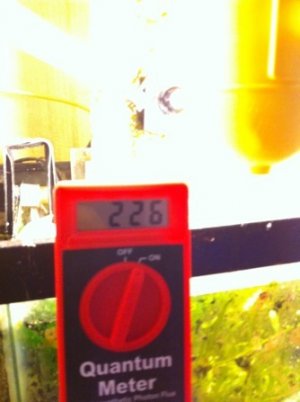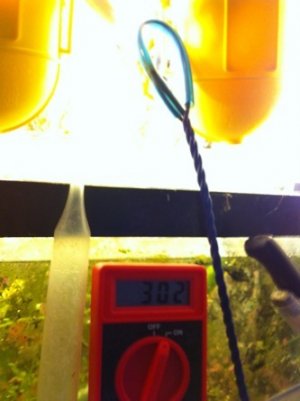mrbncal
New member
I think photoinhibition . . . On the runup to photoinhibition, growth is fantastic, then growth drops like a rock, no matter how much light (electricity) you throw at it.
I base my opinion on this link http--www.int-res.com-articles-meps-134-m134p207.pdf
It is a study of Cheato, but it is mentioned that most marine algae behave in a similar manner.
I can only offer my experiences with this as "proof", but due to a lack of outlets I run my lights 24/7. During the scrubbers intitial breakin period of 4-5 weeks the algae grew like crazy and I got enormous amounts of stringy growth on the screen.
Now after almost 2 years of the same 24/7 schedule the results are obvious. The algae is very thin and weak. Also there has been an increase in DT algae in certain areas. IMHO this is a very important part of the ATS that really needs to be followed correctly for long term success.
Last edited:


